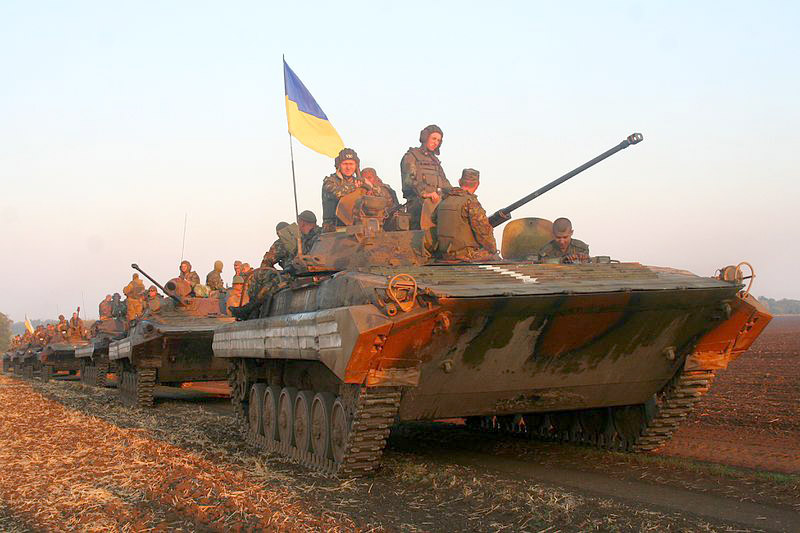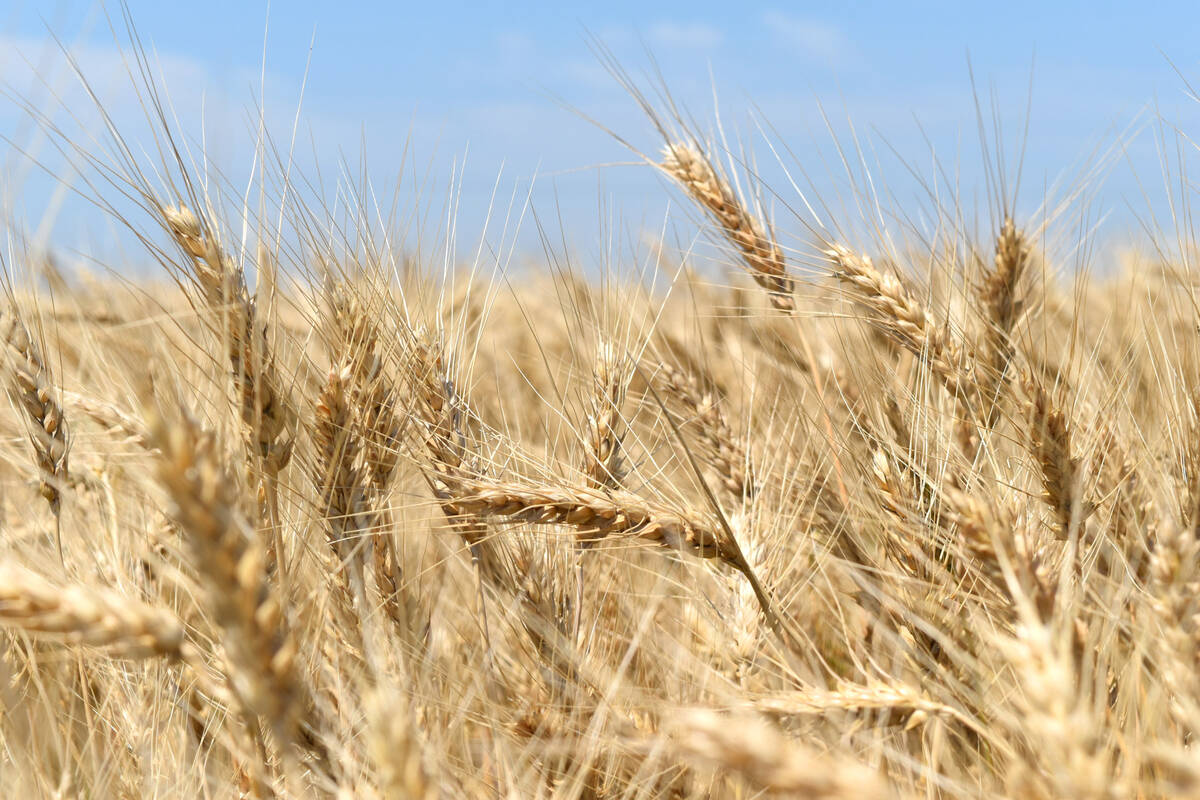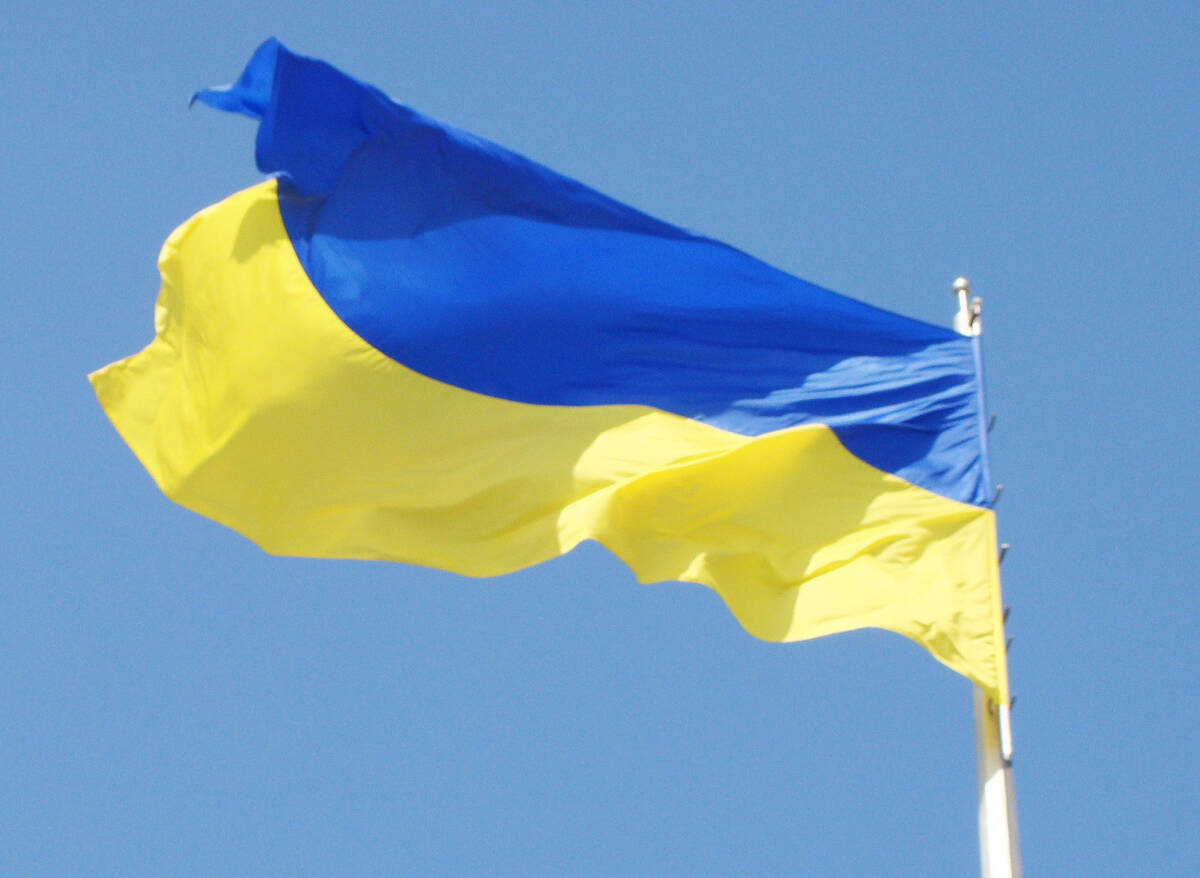Start 14-Day Trial Subscription
*No credit card required

The Impact of Russia-Ukraine War on Global Barley & Wheat Supply
After Russia's invasion of Ukraine, the impact was felt far and wide around the world – including in the beer industry, where Ukraine's drop in barley and wheat production has affected brewers.
Just when a semi-normal life seemed within reach following the restrictions brought on by the COVID-19 pandemic, Russia invaded Ukraine and added an entire, glowing asterisk to our definition of “new normal.”
The invasion has created supply chain issues on top of those lingering from the pandemic, as well as questions about the stability of the post-Cold War international order, and, if that were not enough, worsened inflation. And all of that is naming just a few of the problems that nations around the world are encountering. The full ramifications of Russia’s actions will take years to resolve and fully understand.
The Beer Connoisseur readers may be additionally pained to know that Russia’s war in Ukraine could jack up the price of your favorite beer. The downstream effects of the war have not been fully felt by the world economy and the longer the war goes on, the greater the chances are that it will make pints and six-packs more expensive.
Grain is the most notable example here. The Black Sea Region is a major center for barley production, with Ukraine and Russia accounting for around 18% of all barley grown in the world and 30% of worldwide barley exports. Barley, it is worth noting here, is the main source of fermentable sugar in beer. That crisp, malty flavor of your favorite beer, whether we are talking about a hops-in-your-teeth IPA or a darker-than-moonless-midnight stout, primarily comes from barley.
Most of the barley in Ukraine is sown in spring and harvested in August around the country’s eastern region. We can take two conclusions from this. The first is a short-term positive: Last year’s crop was grown and exported out into the world well before the invasion. The second is a long-term negative: There will be no crop this year, in 2022.

The Black Sea Region is a major center for barley production, with Ukraine and Russia accounting for around 18% of all barley grown in the world and 30% of worldwide barley exports.
Russia invaded right on the cusp of winter becoming spring and all indications show the war will last into summer and, perhaps, beyond. The Russians have made a point to steal Ukrainian farm equipment and food stores. They have mined the cities and the countryside wherever they advance and retreat. And it seems unimaginable to picture barley growers resuming their work in eastern Ukraine, where the Russians have concentrated their violent efforts in this latest phase of their campaign.
In short, the barley harvest next year is likely to be significantly disrupted.
Now, to be fair, most malt houses are not placing their orders with farmers in Ukraine. Barley is grown by the millions of bushels in the Canadian prairies, Idaho, Montana and elsewhere. However, Ukrainian barley goes to China, across the Middle East, Africa and the European Union. Barley is not the only grain that Ukraine exports around the globe.
Wheat (which, it is worth noting, is an ingredient in beers like hefeweizens, witbiers and many Belgian styles) is grown prolifically throughout central Ukraine. The United Nations Food and Agriculture Organization notes that Ukraine is the fifth-largest wheat exporter in the world. The country, prior to the invasion, was popularly known as the breadbasket of Europe.
Last year’s grain harvest was, in fact, a record-breaking 86 million tons (including oilseeds like sunflower). This leads to a problem looming over Ukraine, the world and your favorite pub. Ukraine has too much grain. Its stores are either full or located in an active warzone, and there is no way to get it all out to the world.
Ukraine is shipping a fraction of the tonnage it normally could by sea freight. Russia has destroyed or occupied Ukraine’s ports on the Black Sea and instituted a naval blockade. Ukraine ships what it can from small ports on the Danube River and by rail. Neither of these alternatives can handle this immense capacity, due to their size, and decades of investments in infrastructure that connects farms and grain stores directly to ports in the south.

Ukraine is the fifth-largest wheat exporter in the world. The country, prior to the invasion, was popularly known as the breadbasket of Europe.
With storage facilities full of last year’s harvest, or out of commission due to the war, and with no way to bring years’ worth of harvests to market, its supply will rot, and its customers will look elsewhere for their needs.
This will pinch an already dire market for barley. Barley is divvied up into two categories, for malting (i.e., beer brewing), and for feed to animals and humans. The 2021 crop for malting barley in the northern hemisphere was abysmal and has maltsters angling for a much, much better crop this year.
Last year’s bad crop is felt this year in pricing, with the price of malting barley soaring 50 percent in Western Europe this year versus last year. The quality of barley impacts the quality of beer, and if 2022 is another sour year for the crop, that could lead to a cascade of consequences.
Assume, for instance, that the war in Ukraine stops today but the damage to infrastructure and supply lines out of the country impacts feed barley deliveries to Egypt and China (its biggest customer and an increasingly reliant customer, respectively). Both Egypt and China then go bidding for barley from other sources and scare malthouses into a bidding war to ensure they receive enough barley to meet their orders. This is just one scenario, but it is easy to see how this situation ends with prices rising.
Expensive barley is just one component of an ecosystem of rising costs. The pandemic also impacted price and availability of metals like aluminum and steel, needed for canning and for making kettles and fermentation vessels. Climate change is making energy more expensive, adding another layer of cost. And then there is inflation, which Heineken cited to The Guardian as the primary reason for its costs increasing 15%. That was just over a week before Russia invaded, however, and the figure could be even higher with all else added in.
The Russian invasion of Ukraine has had enormous repercussions around the globe. The full effects can’t be known yet, but all indications point to pressures on the brewing industry that will make beer more expensive.

Bottom photo courtesy Flickr/VasenkaPhotography




Comments